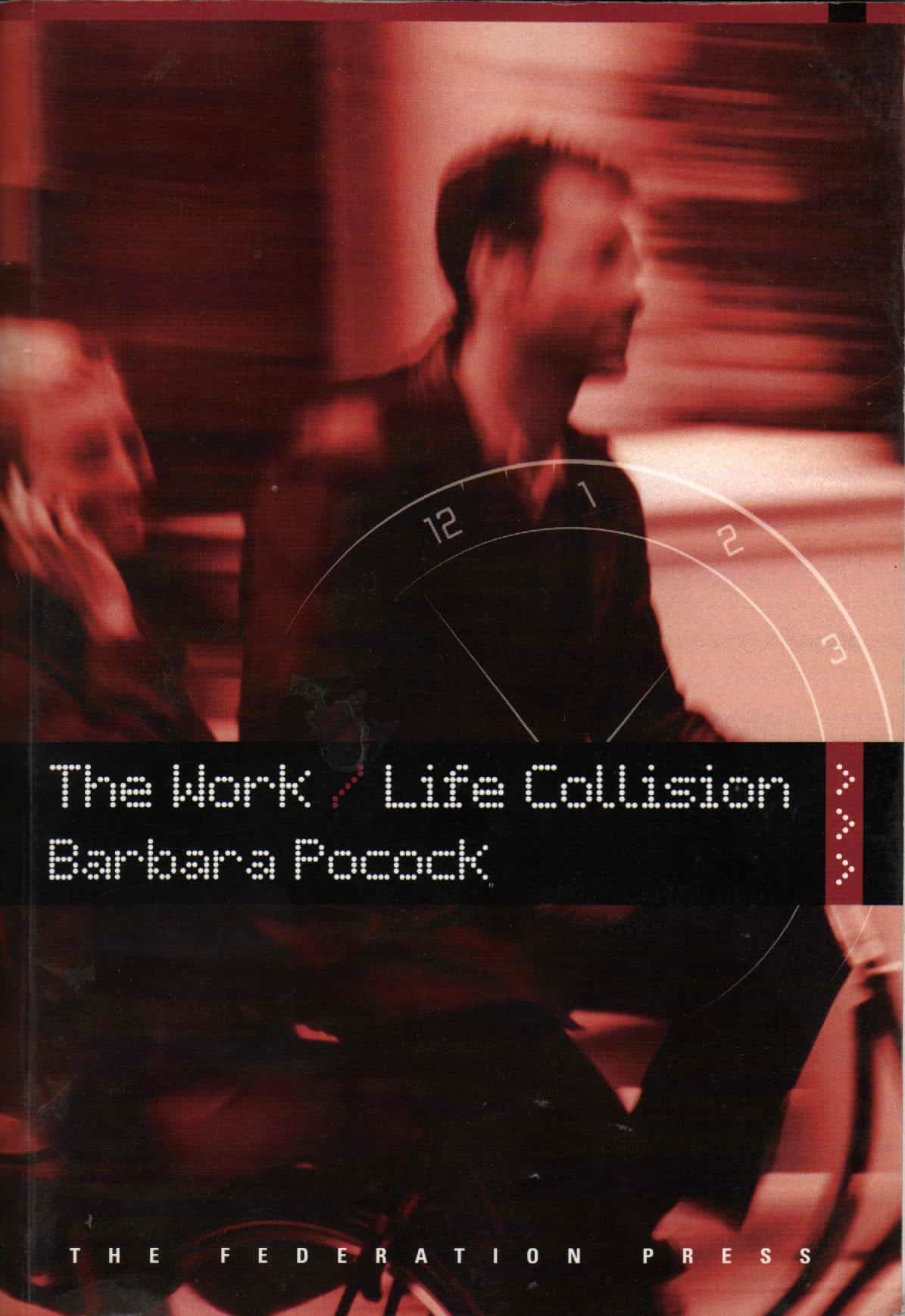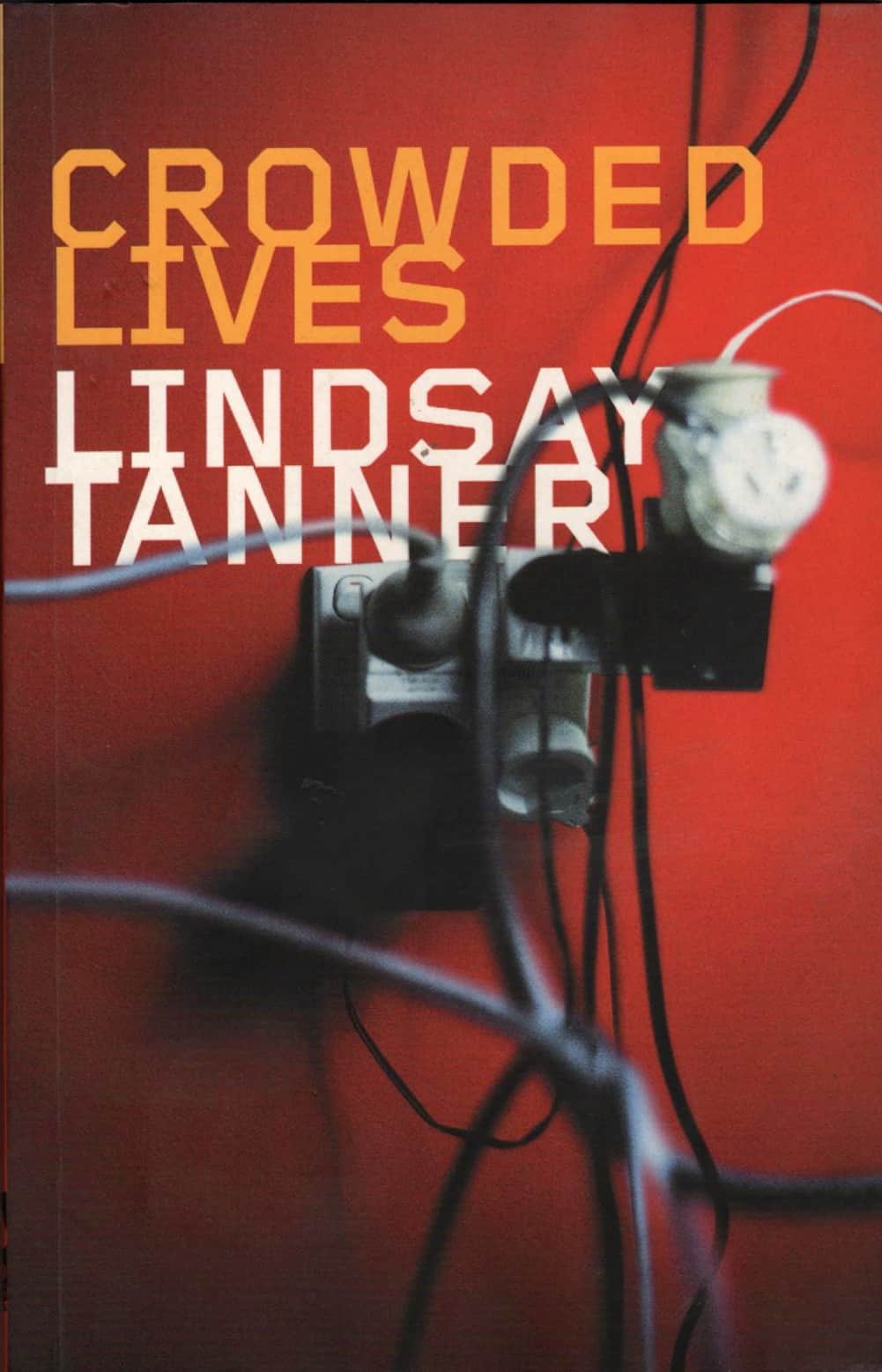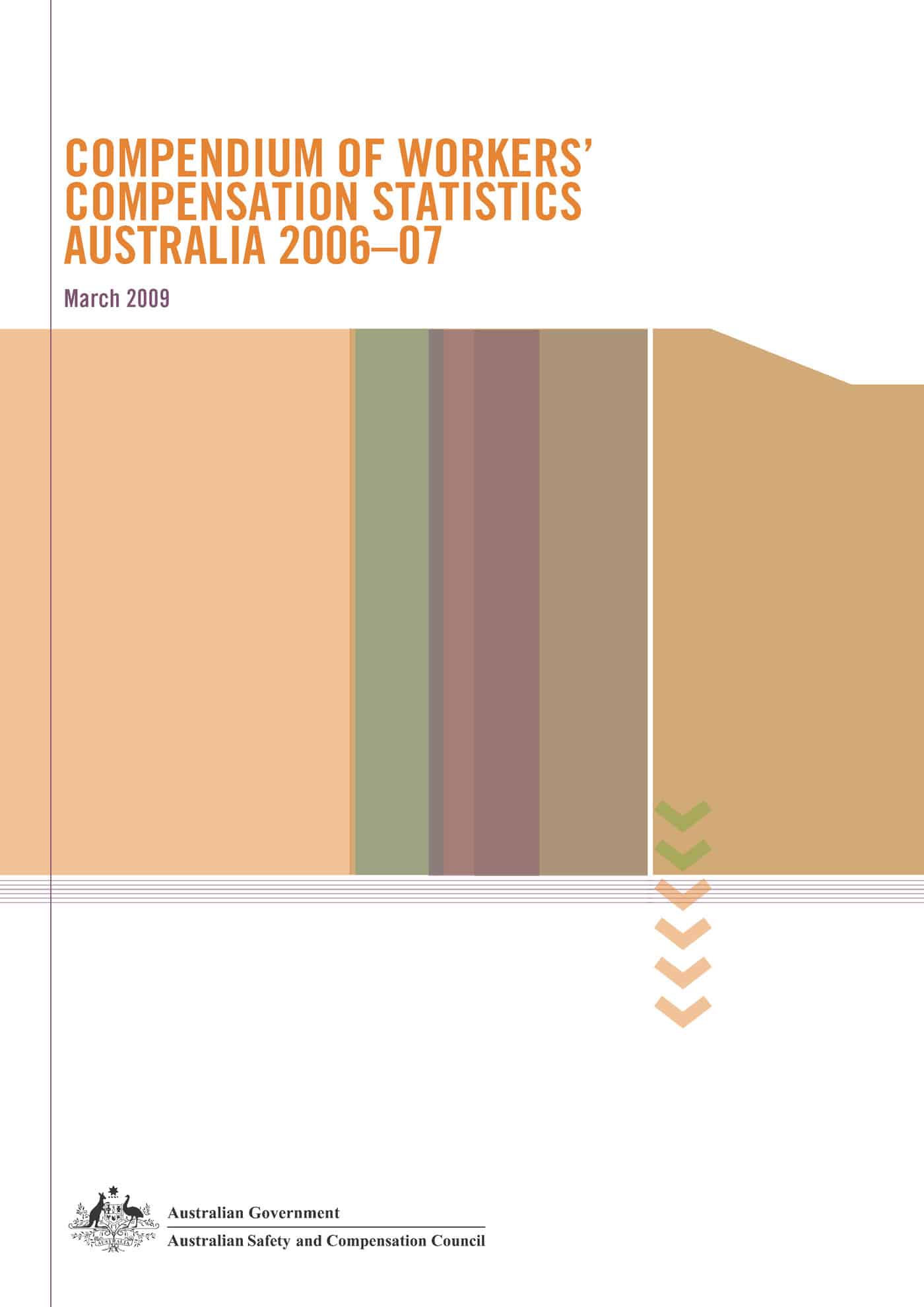A weekly radio program broadcast on Australian community radio station 3CR, Stick Together, broadcast a lecture by Barbara Pocock on the meaning of work.
Barbara Pocock is a leading workplace researcher and remains the voice on work/life balance. She is always worth reading and listening to. It is impossible to management workplace safety without continuing to learn what work is and how people look at work. A podcast of the Stick Together program is available for download.
Pocock says that many of the perspectives on work are negative and is therefore approached as a chore. She talks about how laborious jobs have declined in relation to technology and client demand and discusses
- “efficacy, identity, contribution, vocation
- social connection
- opportunity to learn
- positive spillover from work”


 Work/life balance in Australia is skewed towards those workers who have young families or a role as a carer. This is due to work/life balance evolving from the feminist and social concepts of the 1970s and in response to the increased number of
Work/life balance in Australia is skewed towards those workers who have young families or a role as a carer. This is due to work/life balance evolving from the feminist and social concepts of the 1970s and in response to the increased number of 



